Introduction to the Benefits of Handgrip Dynamometers
The prevalence of handgrip dynamometers in physical and occupational therapy settings is rising. Hand dynamometers help therapists perform one of their most challenging tasks – tracking the progress of a patient after a particular therapeutic intervention, or during rehabilitation from a surgery or an injury once it is safe to do strength testing. Many physical and occupational therapists and other healthcare providers also use hand dynamometers to assess the overall health of their patients by measuring their grip strength. (1)
.

The use of digital hand dynamometers in physical and occupational therapy
A handheld dynamometer allows a therapist to measure the initial grip strength of their patients, track and analyze the changes in grip strength over time, and use that information to make any needed changes to a patient’s therapeutic program.
Without a hand dynamometer to measure the hand strength of a patient, therapists can only approximate a patient’s current hand strength. With objective measurements from a hand dynamometer, though, a therapist can precisely identify the progress and effectiveness of a therapeutic program.
With automatic calibration, digital hand dynamometers make it easy for therapists to get accurate results. This is especially important when making left/right-hand strength comparisons and tracking rehabilitation progress over time.
The chart on this page gives you information about weak, normal, and strong grip strengths of people of different ages and genders. This chart can be used to help evaluate your patient’s hand strength and plan an appropriate treatment program.
Testing a patient’s grip strength can also give therapists information about a patient’s overall fitness level and risk of falling. This can be especially important when evaluating older adults. (2)
Digital hand dynamometers versus hydraulic dynamometers
Digital hand dynamometers are usually more cost-effective than hydraulic dynamometers. In addition, the LCD digital display of a digital hand dynamometer makes it easier to read the results of testing compared to the dial gauge of typical hydraulic dynamometers. Therefore, many physical and occupational therapists prefer digital dynamometers when testing their patients.
The Handexer dynamometer’s measurements have been determined to be both reliable and valid, so it is a good alternative to a more expensive hydraulic dynamometer. To determine the Handexer’s reliability and validity, its results were compared with the Jamar™ hydraulic grip dynamometer, Takei™ handgrip dynamometer, and Gripmeter GM150™. Its accuracy was satisfied within the range of +/- 0.5% difference when tested in the same temperature and humidity conditions.
Precautions for assessing grip strength with a handgrip dynamometer
Grip strength has been used for decades during initial evaluations and at periodic intervals. Because the structures of the hand, wrist, and forearm are so complicated, therapists must use sound clinical judgment about the use of any kind of strength testing, including grip strength, pinch strength, and manual muscle testing, This is especially important when there has been an injury to any of the structures of the upper extremity or following surgery to these structures. (3)
Grip strength should not be performed on patients who have experienced upper extremity fractures, tendon and ligament injuries, or tendon transfers of the muscles of the forearm, wrist, or hand until healing has occurred. If surgery has been performed on any upper extremity structures, the timing of grip strength testing should be discussed with the surgeon or referring orthopedist. (3)
The Handexer can be used to assess strength for the gradual onset of tendon pain, carpal tunnel syndrome, and sarcopenia (muscle deterioration due to disuse or aging) at the initial evaluation. The patient, however, should be instructed to stop squeezing the dynamometer when experiencing mild pain. The therapist should document the amount of pressure the patient was able to exert when the pain occurred. Periodic retests of grip strength, to the point of mild pain, can be used to evaluate progress or to serve as a red flag that the patient’s condition has deteriorated, (3)
The advantage of using a hand dynamometer in your physical or occupational therapy practice
The appropriate use of a hand dynamometer will allow you to measure and track changes in handgrip strength, allowing you to objectively demonstrate the value of your therapeutic interventions to patients, physicians, and insurance companies. You will have quantitative data to diagnose, track, and support the treatment of various conditions more precisely.
You will also be able to set up treatment programs using the Handexer for your patients, when appropriate, to strengthen their wrist and hand muscles. You can tell your patients exactly how hard they should squeeze the Handexer, how long they should hold the grip, and how many times they should squeeze it. This will take the guesswork out of your patients’ home rehabilitation programs, as they will be able to tell exactly how much force they are exerting by reading the Handexer’s digital display.
The Handexer is created based on feedback from physical therapists, other medical professionals, and fitness trainers who were looking for a simple, accurate, and reliable way to test handgrip strength. Just be sure to follow the guidelines indicated in the section on precautions and read the article Evaluation of Hand and Upper Extremity. (4) (Note: The Handexer has been shown to be reliable and valid when compared to the Jamar™ dynamometer recommended in this article.)
Whether you are using it for an initial evaluation or to document your patient’s progress in therapy, a Handexer dynamometer will provide value to your therapy practice.
- Pratt J, De Vita G, Naric M, Segurdo R, Dolan J, Conroy, J, Boreham C. 2021. Grip strength performance from 9431 participants of the GenoFit study: Normative data and associated factors. {cited 2022 May 23]; 43(5):2533-2546. Available from: https://www.ncbi.nlm.nih.gov/pmc/articles/PMC8599604/
- Bohannon, RW. 2019. Grip strength: An indispensable biomarker for older adults. (cited 2022 May 23]; 14: 1681-1691. Available from: https://www.ncbi.nlm.nih.gov/pmc/articles/PMC6778477/
- Klein LJ. 2020, Evaluation of the Hand and Upper Extremity. In: Wietlisbach C, editor. Cooper’s Fundamentals of Hand Therapy. 3rd ed. Missouri: Elsevier. p. 60-61.
- Klein LJ. 2015 Evaluation of the Hand and Upper Extremity. {cited 22 May 23} In: Fundamentals of Hand Therapy. 2nd ed. Available from: https://www.sciencedirect.com/topics/nursing-and-health-professions/grip-strength

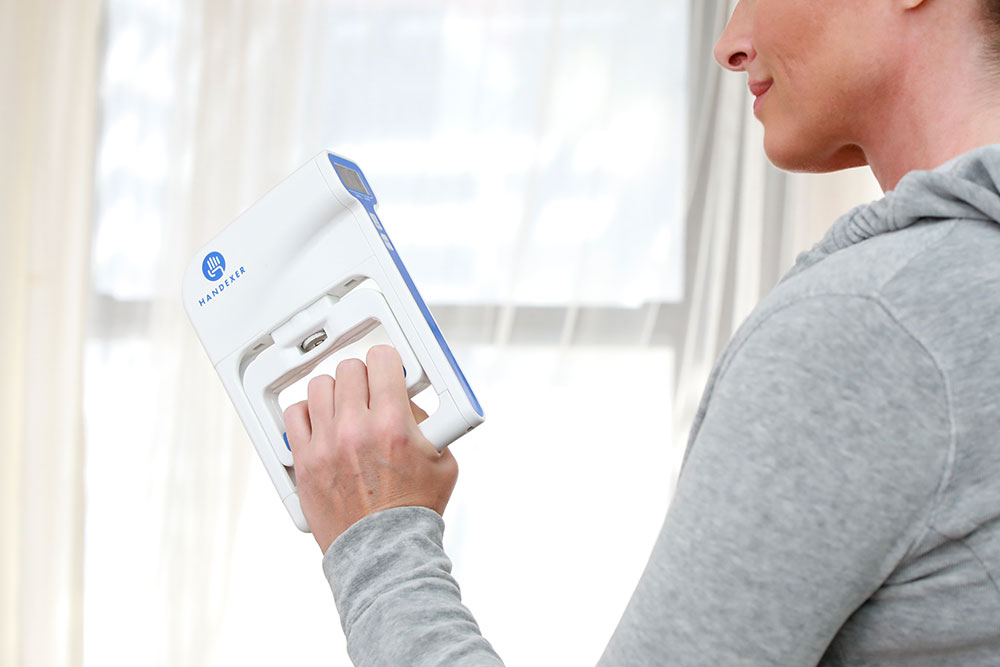
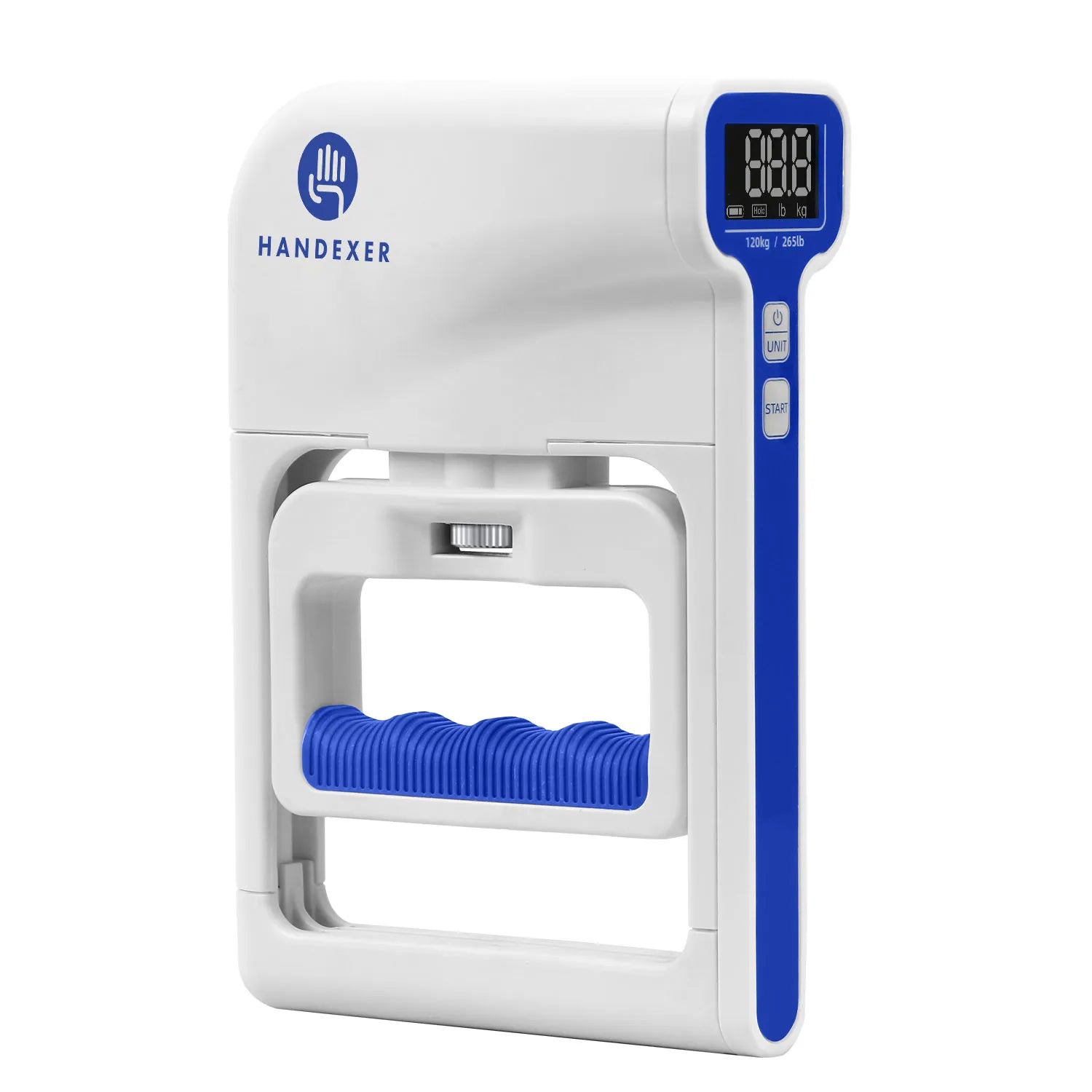
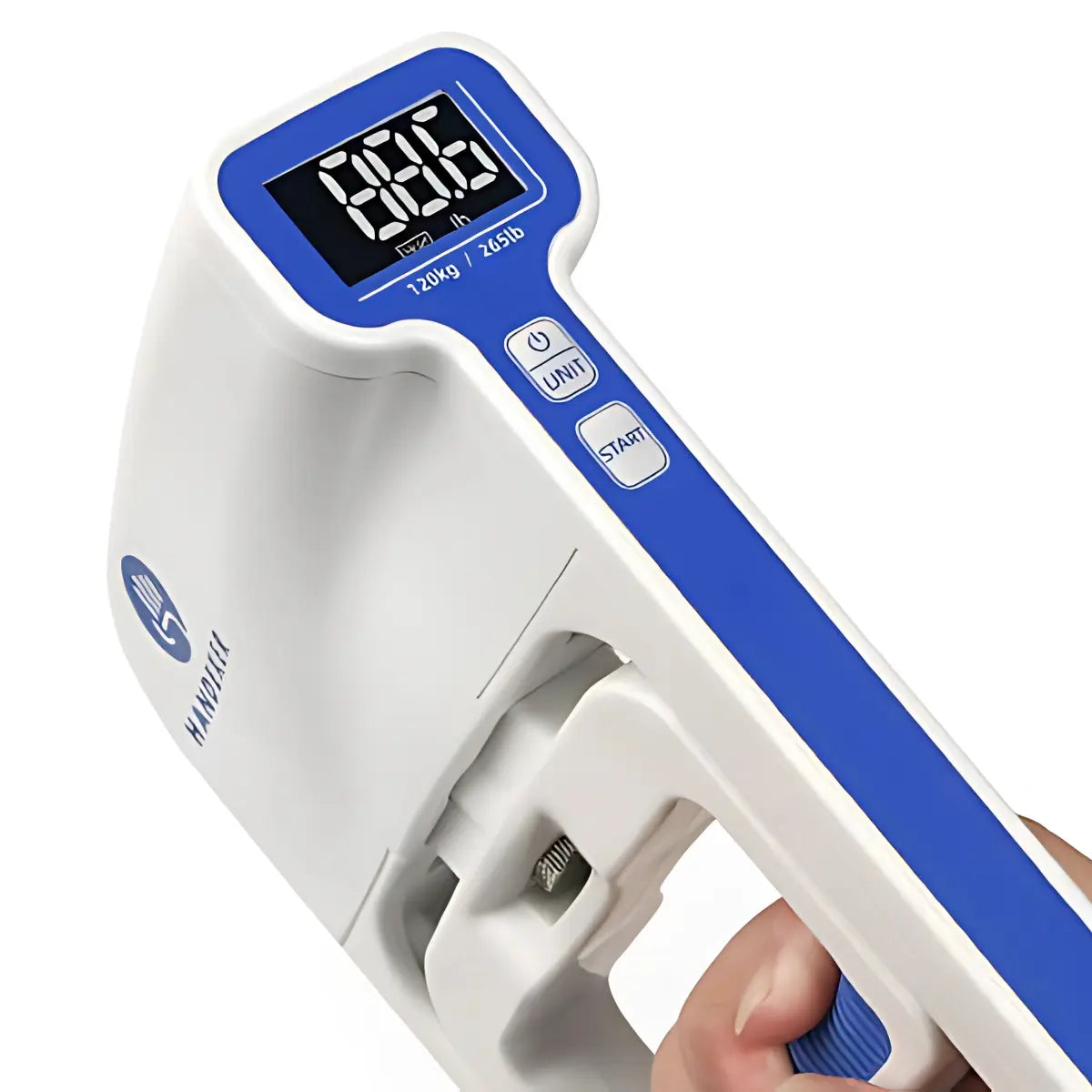
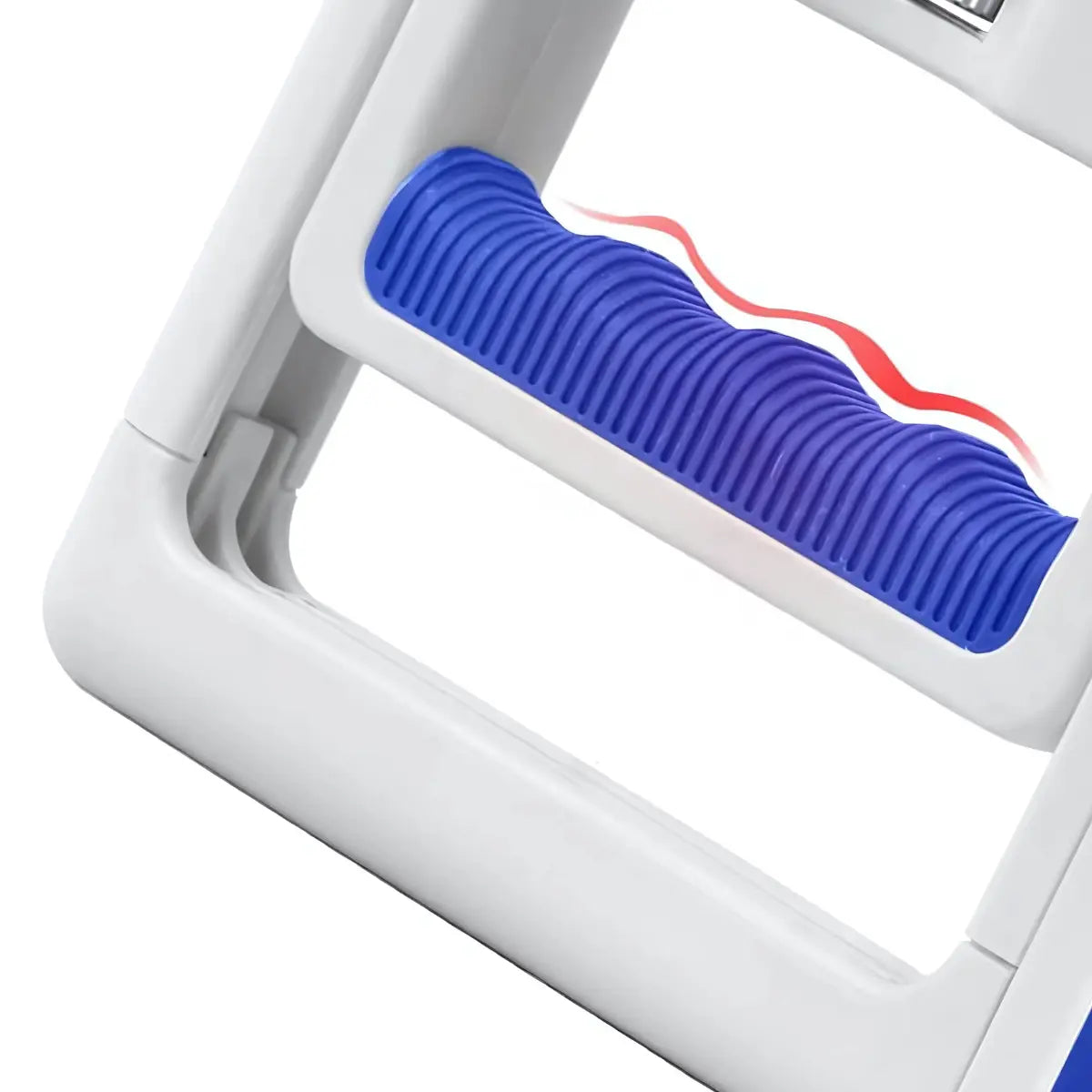
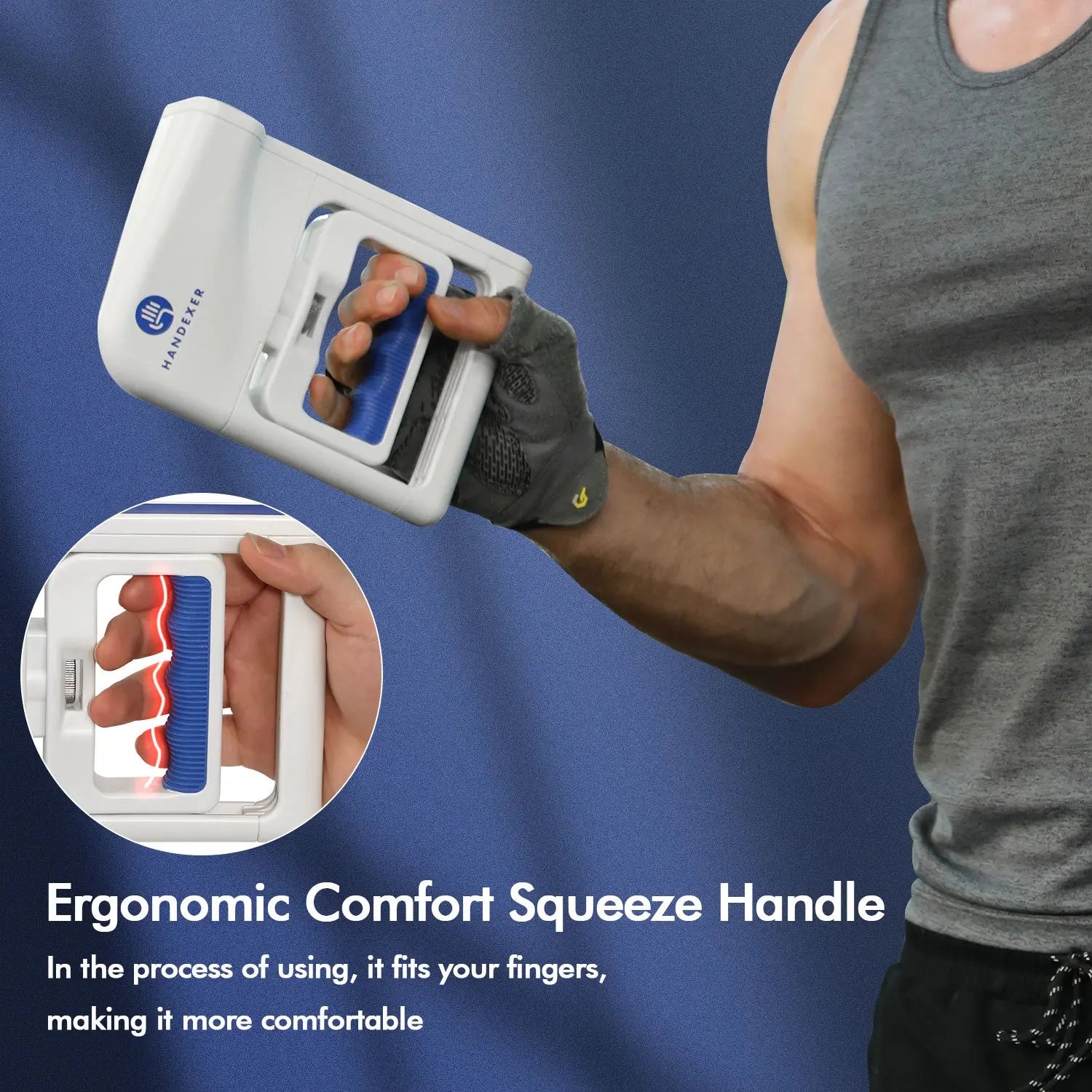


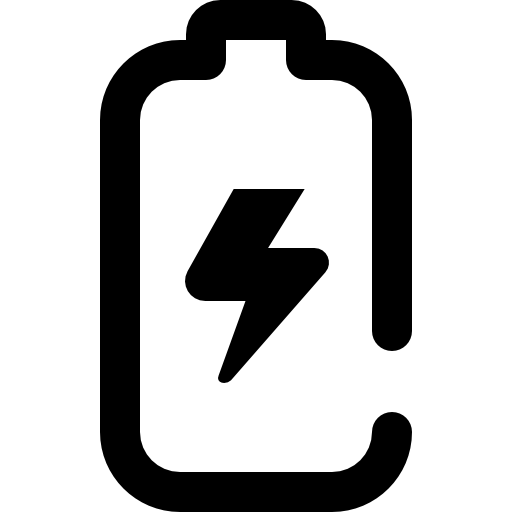

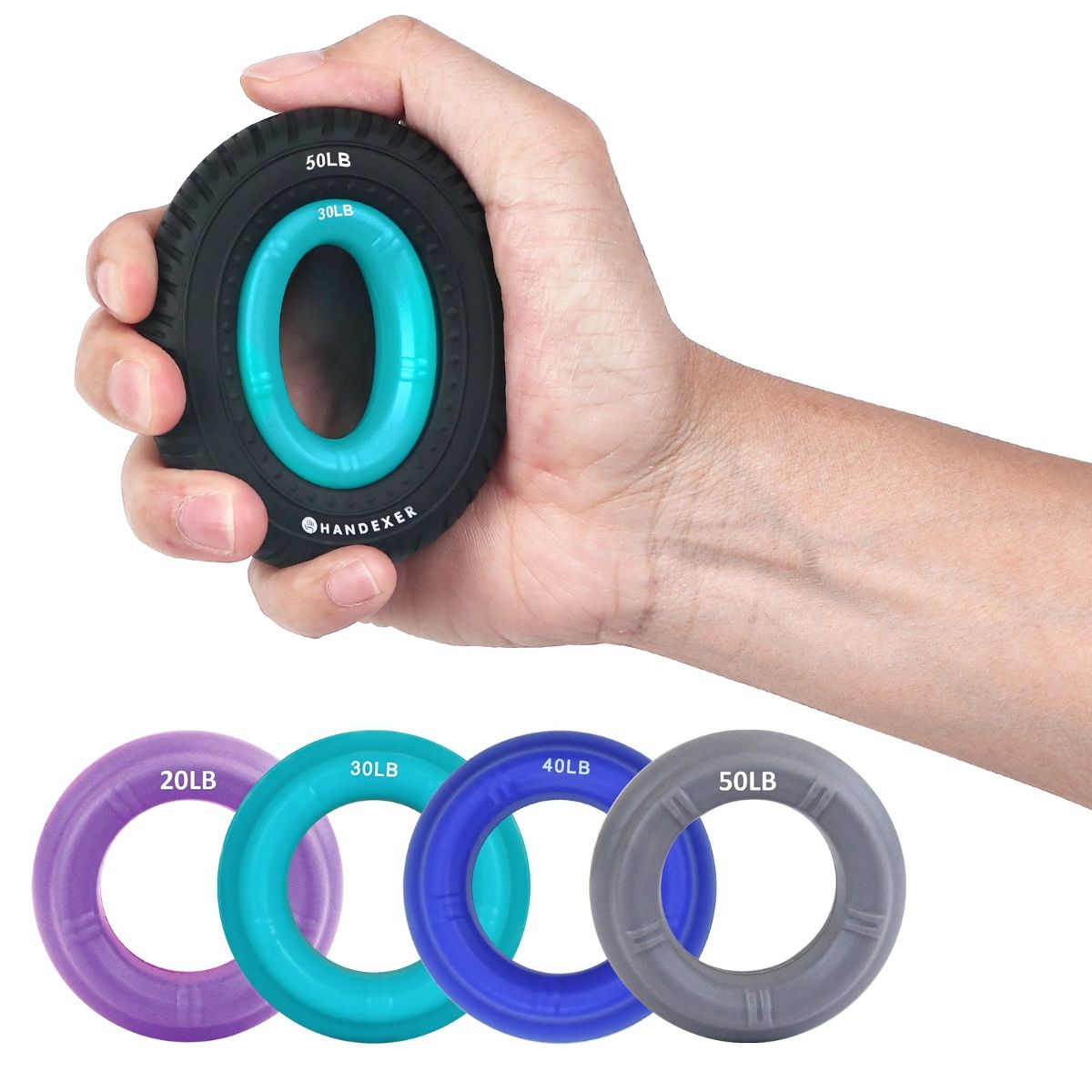
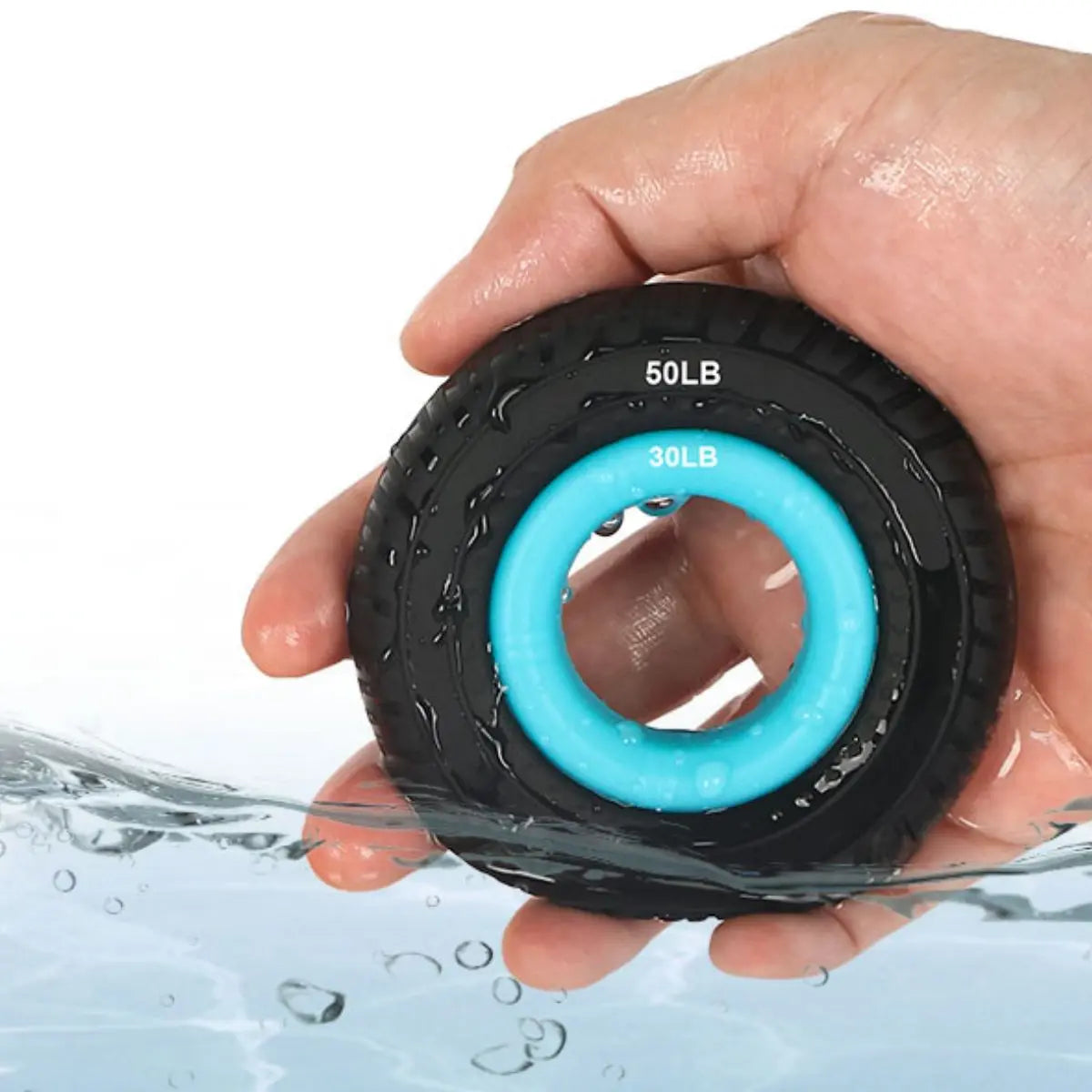
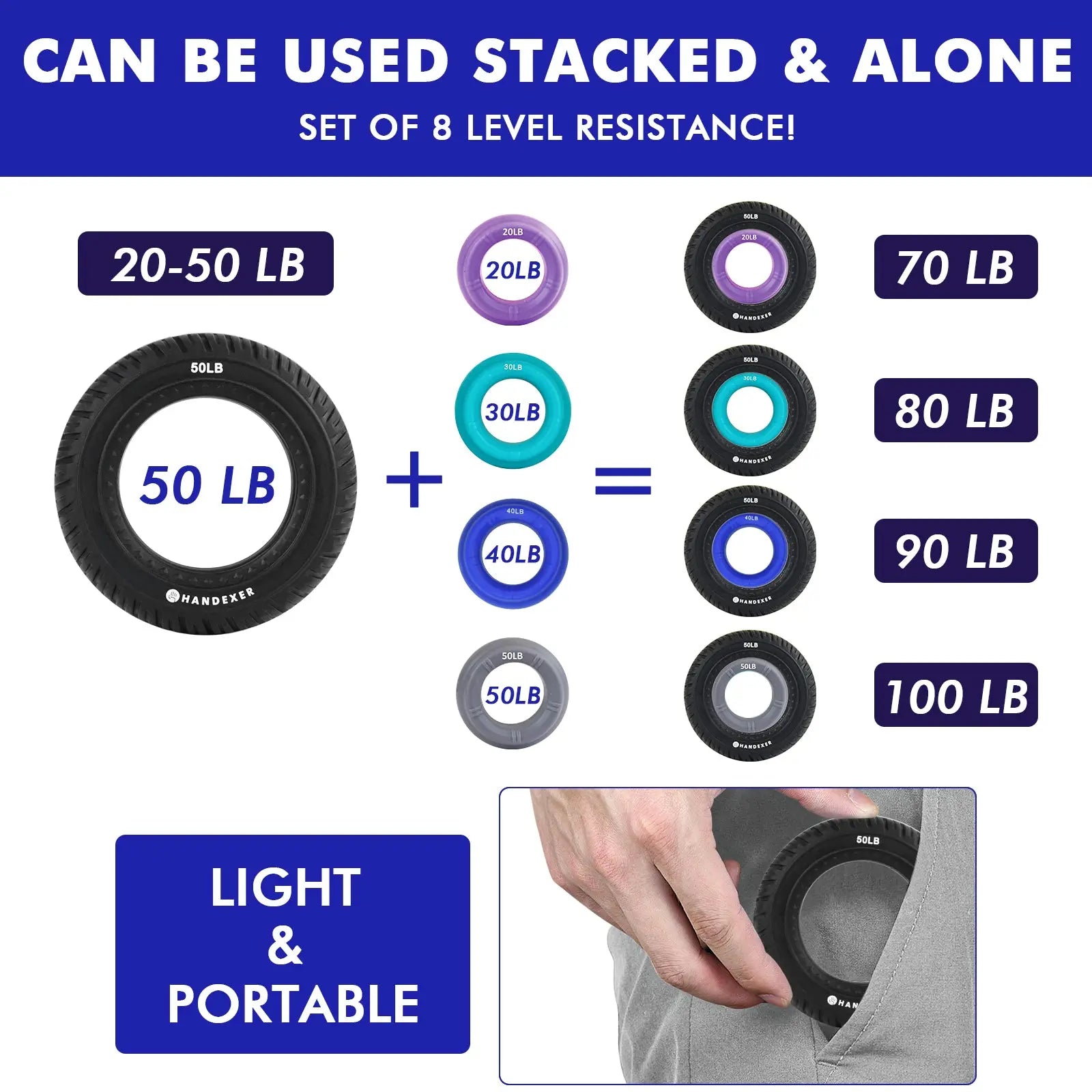
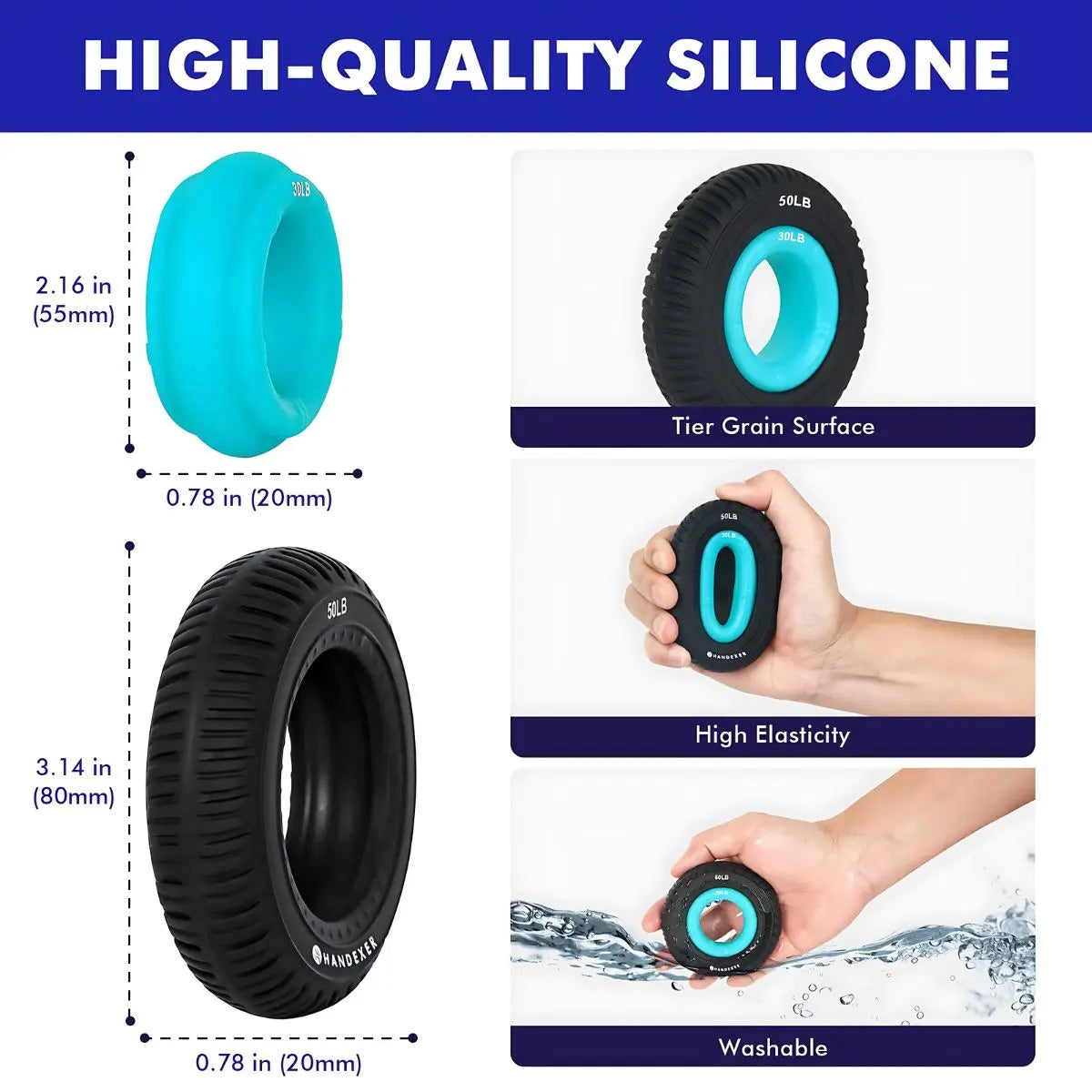

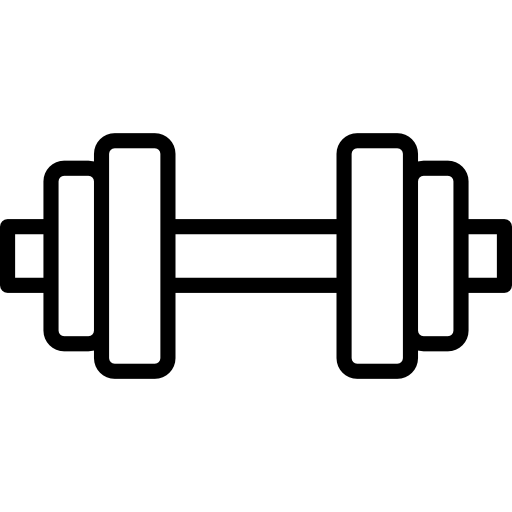

Share:
Top 3 Isometric Exercises to Improve Hand Grip Strength
Clinical Use of Hand Grip Strength to Determine Fall Risk